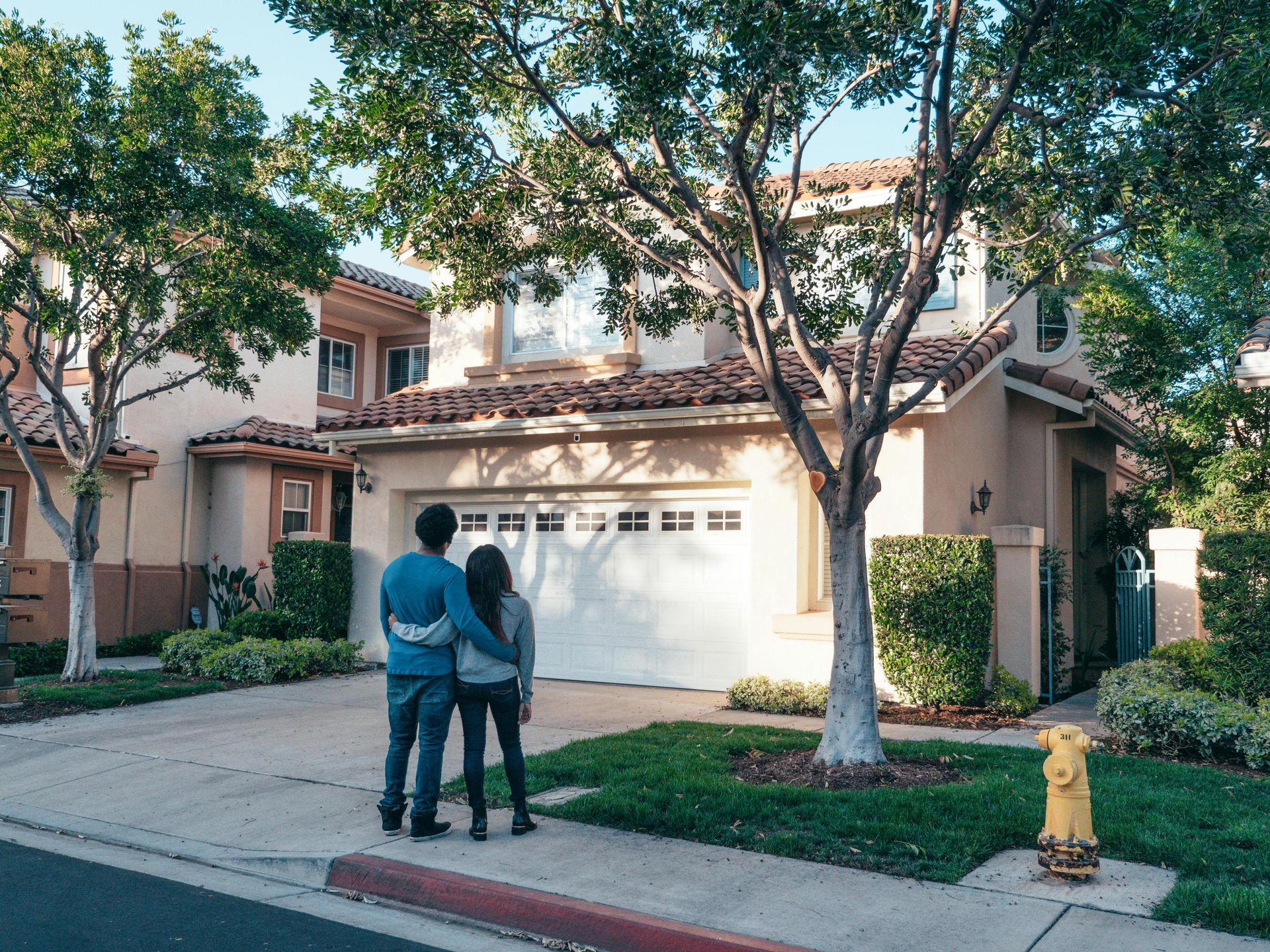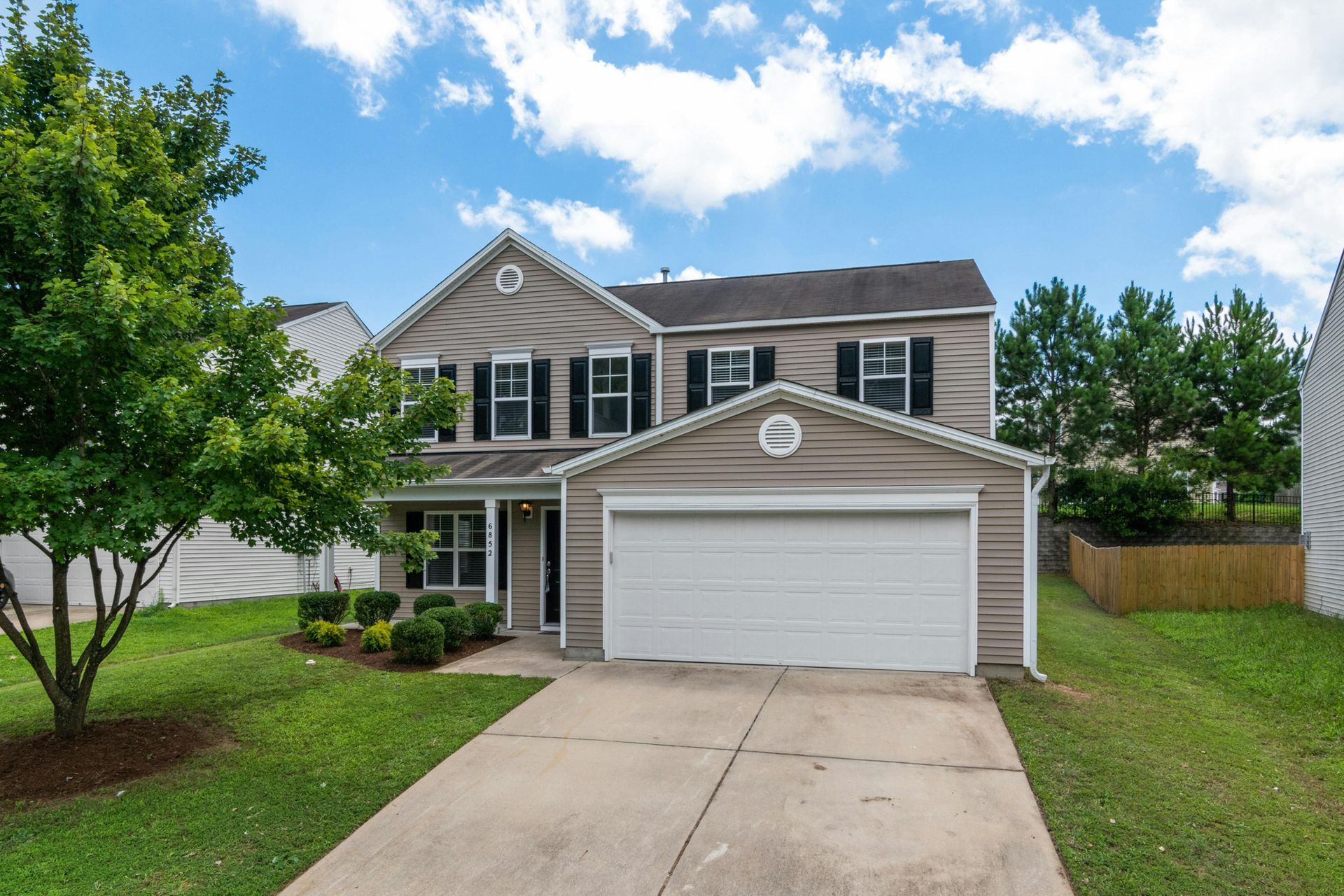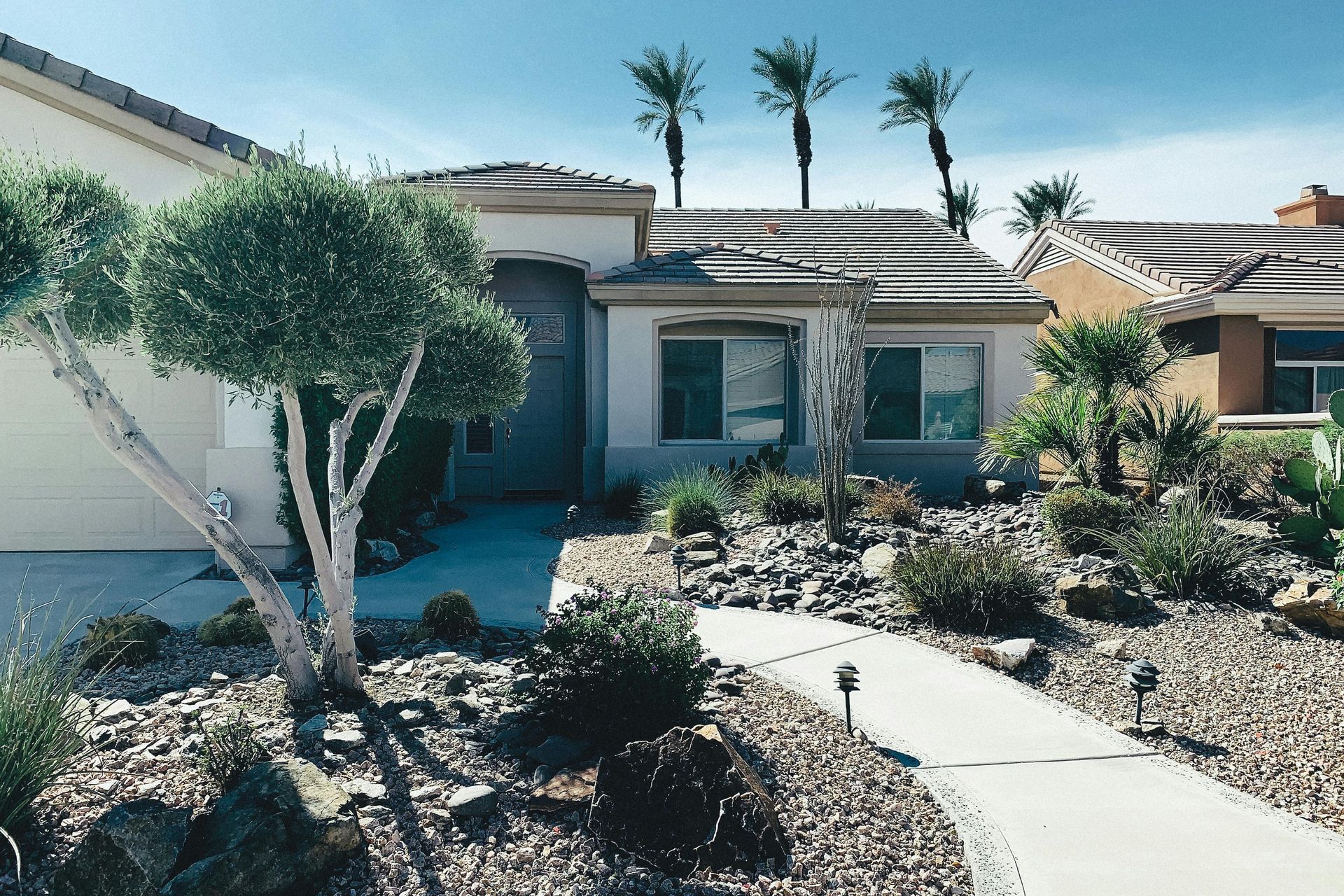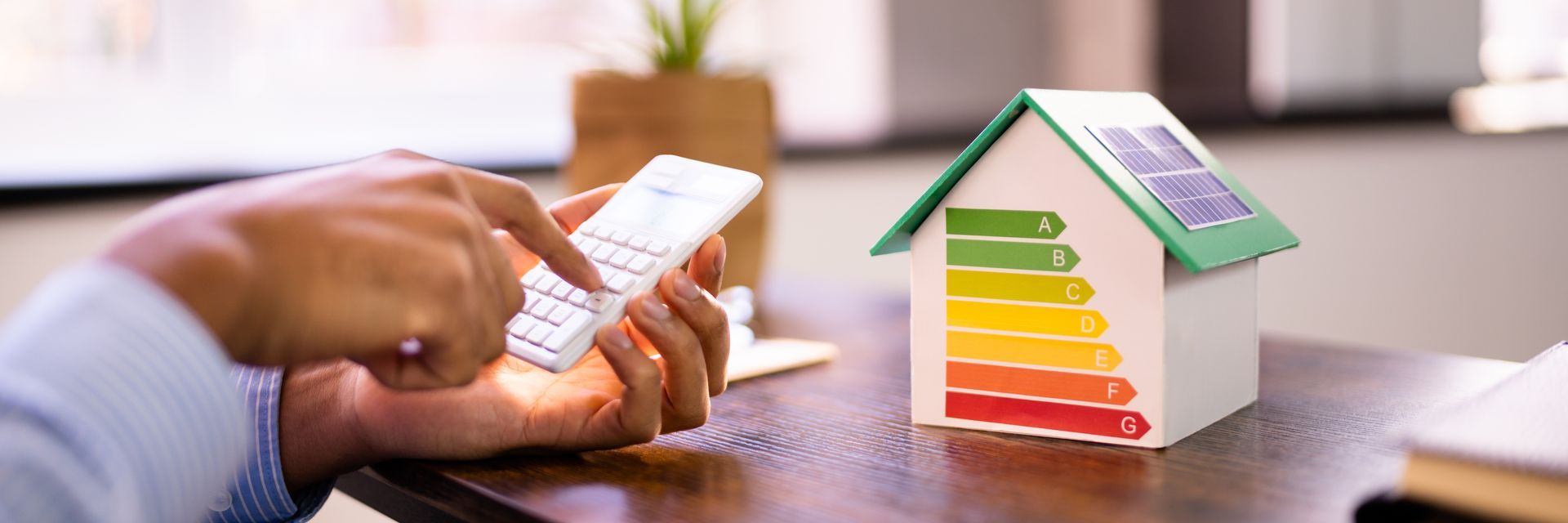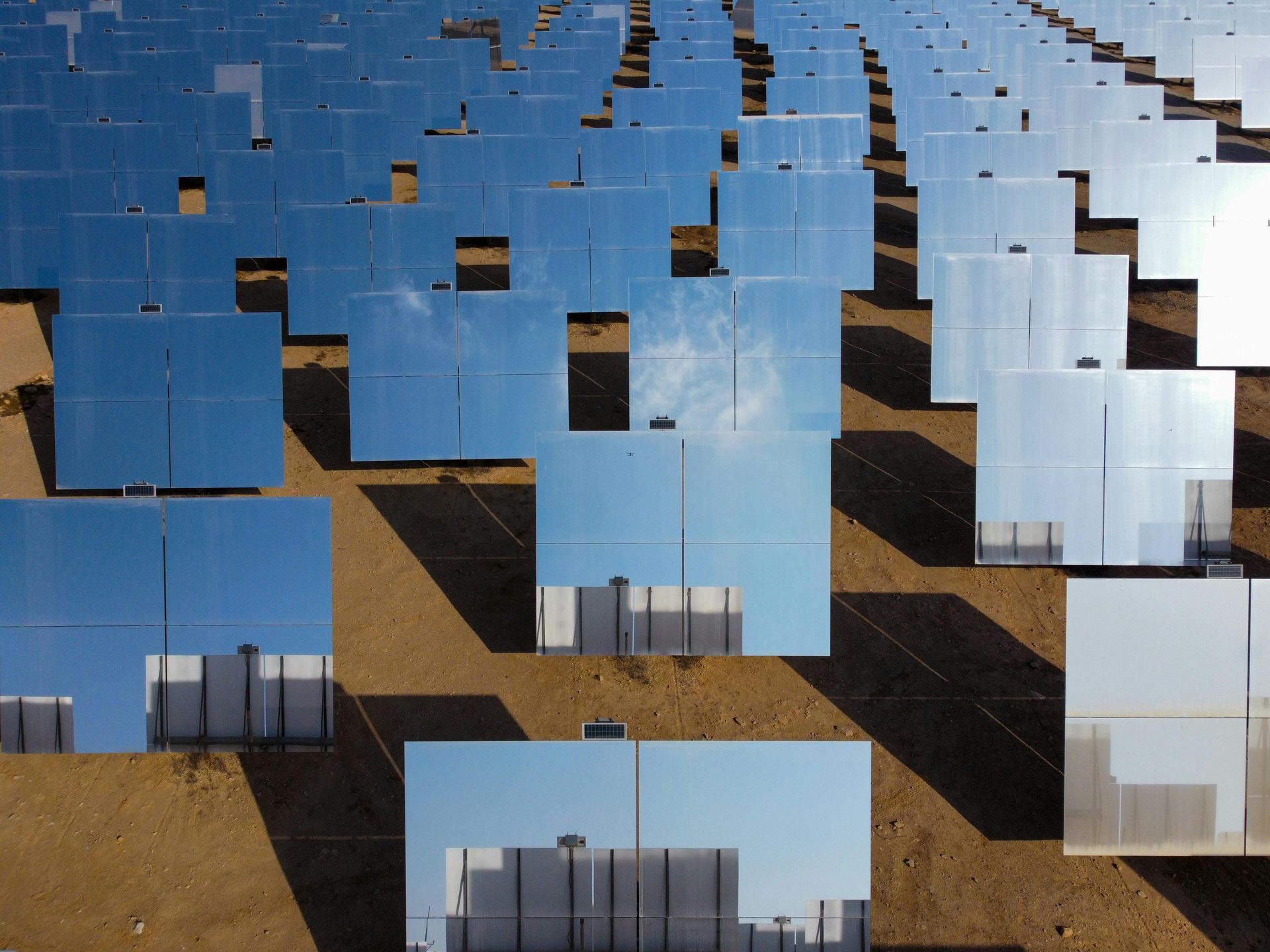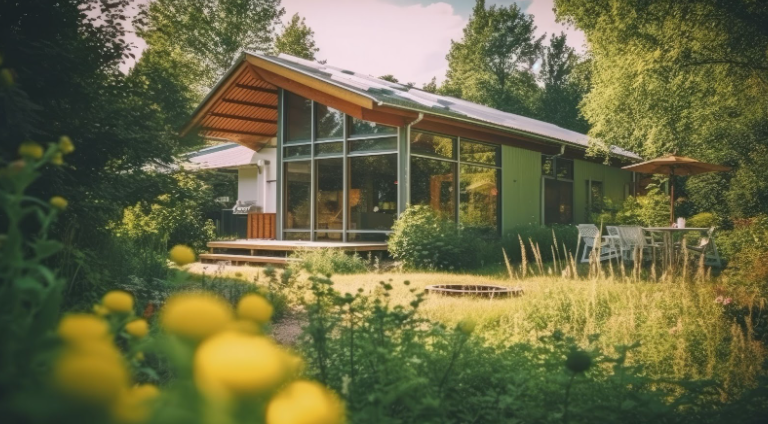Sustainable Cooling: Eco-Friendly AC Tips for Arizona Homes
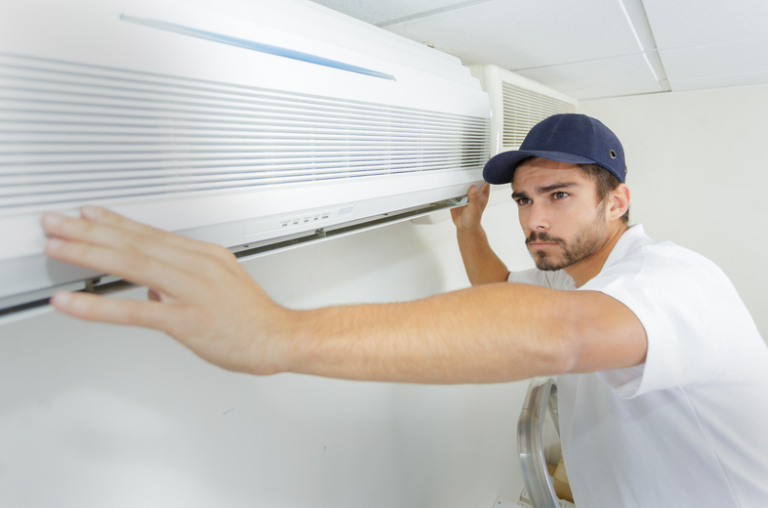
As the sweltering heat of Arizona summers becomes more intense, the need for effective cooling solutions grows ever more pressing. Fortunately, there are eco-friendly approaches that can help residents beat the heat without exacerbating environmental challenges. From simple adjustments to daily habits to more substantial changes in cooling systems, this guide offers valuable insights tailored to the unique climate and ecological concerns of Arizona. Whether you're a long-time resident or new to the state, these tips will empower you to stay cool while minimizing your carbon footprint.
The Importance of Eco-Friendly AC Maintenance
Maintaining an air conditioning (AC) unit in an eco-friendly manner is vital, especially in areas like Arizona, where the climate demands almost constant use during the summer months. The environmental impact of traditional AC units is considerable, contributing to high energy consumption and carbon dioxide emissions. By adopting eco-friendly maintenance practices, homeowners can enjoy cost-efficiency and sustainability, significantly reducing their environmental footprint. This approach not only lessens energy usage but also contributes to a healthier living environment by sustaining air quality.
A crucial aspect of reducing one’s carbon footprint in Arizona involves understanding the role of
AC maintenance. Regular upkeep is essential for ensuring that these systems run efficiently, consume less power, and, in turn, emit less carbon dioxide into the atmosphere. The dual benefits of these practices—savings on energy bills and a lesser environmental impact—make eco-friendly AC maintenance an intelligent choice for eco-conscious residents.
Regular Maintenance Practices for an Eco-Friendly AC
One of the most straightforward yet often overlooked aspects of maintaining an AC unit in an eco-friendly manner involves regularly changing the air filters. Over time, air filters become clogged with dirt, dust, and other pollutants, which can significantly hinder airflow and the system's efficiency. By simply replacing these filters every 30-90 days, depending on usage and the type of filter, homeowners can significantly reduce their energy consumption. This practice ensures that the AC unit doesn’t work harder than necessary, maintaining optimal efficiency while reducing airborne pollutants inside the home.
Cleaning the AC unit is another critical practice that can significantly impact its efficiency and the home’s air quality. Dirt and debris can accumulate on the condenser coils and other parts of the AC unit, impeding its ability to cool the home effectively. This not only leads to higher energy consumption but can also introduce pollutants into the indoor environment. Regular cleaning of these components can prevent these issues, ensuring the unit operates as intended.
The importance of annual professional inspections cannot be understated. These inspections can uncover potential issues that may not be visible to the untrained eye, such as leaks or damage to internal components, which can lead to energy loss. Professional technicians can perform necessary repairs and optimizations, ensuring that the system operates at peak efficiency. This proactive approach prevents unforeseen breakdowns during peak usage times, thereby avoiding unexpected energy surges and contributing to a more eco-friendly home.
Investing in Energy-Efficient Air Conditioning Units
Transitioning to an energy-efficient air conditioning (AC) unit is a significant step toward an eco-friendly home. These modern systems are designed to use less energy while maintaining comfort during the hot Arizona summers. The environmental benefits of energy-efficient models are profound, as they reduce greenhouse gas emissions and the household’s overall carbon footprint. The long-term savings on energy bills can be substantial, offsetting the initial investment over time.
When selecting an eco-friendly AC unit, it’s essential to understand energy ratings and certifications. Look for units with a high
Seasonal Energy Efficiency Ratio (SEER)
rating, as they are more efficient compared to models with a lower SEER. ENERGY STAR certification is a reliable indicator of an appliance that meets or exceeds federal standards for energy efficiency. These criteria ensure that you're choosing a unit that not only benefits the environment but is also cost-effective.
Homeowners looking to upgrade to energy-efficient systems can often take advantage of incentives and rebates. Programs like those offered by ENERGY STAR provide valuable resources and
links to rebates that can help offset the cost of upgrading. These incentives are designed to encourage the adoption of energy-efficient appliances, making them a more accessible option for eco-conscious individuals.
Optimal Thermostat Settings for Eco-Friendly Cooling
Smart thermostat management is pivotal in maximizing energy efficiency while maintaining comfort. The U.S. Department of Energy recommends setting the thermostat to 78 degrees Fahrenheit when you are home during the summer months to minimize energy use without sacrificing comfort. When the house is empty or during sleeping hours, increasing the temperature by a few degrees can lead to significant savings on energy bills.
Smart thermostats offer a convenient solution for achieving these optimal settings effortlessly. These devices can learn your schedule and preferences to automate temperature adjustments, ensuring energy consumption is reduced without impacting your comfort. Many smart thermostats provide detailed energy consumption reports, allowing homeowners to understand their usage patterns better and make informed adjustments. The strategic use of a smart thermostat can significantly impact your energy bills and environmental footprint, making it an essential tool for eco-friendly cooling.
Adopting energy-efficient AC units and optimizing thermostat settings are effective strategies for reducing energy consumption and environmental impact. By embracing these practices, Arizona homeowners can enjoy cool comfort through the summers while contributing to a more sustainable future.
Additional Tips for Keeping Your Home Cool in an Eco-Friendly Manner
Beyond investing in energy-efficient appliances and optimizing thermostat settings, several other strategies can contribute to a cooler, more eco-friendly home. Incorporating ceiling fans into your cooling strategy can significantly complement your AC system. By circulating air, fans can make a room feel up to four degrees cooler, allowing for higher thermostat settings without compromising comfort. This synergy not only reduces energy consumption but also extends the life of your AC unit by reducing its workload.
Thermal curtains and window shading further enhance this effort by blocking out the sun's intense rays during peak hours. These simple yet effective tools can significantly reduce the amount of heat entering your home, thereby preventing your AC unit from overworking. Similarly, landscaping strategically with trees or shrubs can provide natural shade to your home and surrounding areas, further reducing indoor temperatures and contributing to an overall cooler environment.
The Community Benefit of Eco-Friendly Practices
Adopting eco-friendly AC maintenance and cooling practices extends benefits beyond individual households; it fosters a healthier community environment. By collectively reducing energy consumption, communities can lower their overall carbon footprint, contributing to global efforts against climate change. Encouraging these practices within neighborhoods can lead to a ripple effect, inspiring more widespread adoption of sustainable habits.
Real estate professionals and homeowners alike have a role in promoting energy-efficient living spaces. By highlighting the benefits and incorporating green practices into properties, they can increase awareness and appeal for eco-friendly living. Local initiatives, such as community-led energy conservation programs and tree-planting projects, further unite individuals in a common goal, enhancing community bonds and environmental stewardship.
Communities in Arizona cities like Phoenix, Scottsdale, and Cave Creek are increasingly engaging in such initiatives, recognizing the importance of sustainable living in the face of rising temperatures and energy costs. These local initiatives not only contribute to a cooler, more sustainable immediate environment but also set an example for other communities to follow.
Adopting eco-friendly AC maintenance and cooling practices enhances both individual and community well-being.
By integrating these strategies, homeowners can enjoy the benefits of a cooler home, lower energy bills, and the knowledge that they are contributing to a larger environmental solution. As these practices gain traction, they pave the way for a more sustainable and resilient future for Arizona and beyond.
Ready to transform your home's cooling system into an eco-friendly powerhouse?
Reach out to Danijela Quenzler for expert assistance and support. Let's work together to create a cooler, greener future for Arizona.

